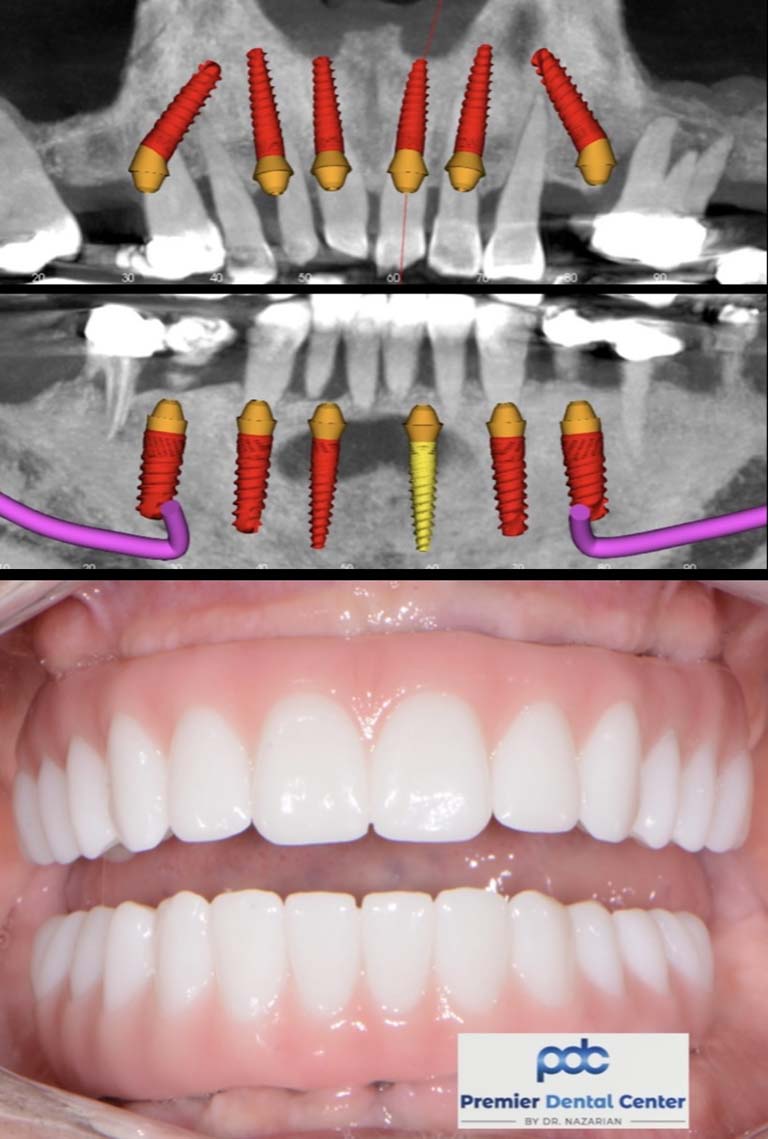Our Dental Sense Ideas
Our Dental Sense Ideas
Blog Article
Facts About Dental Sense Uncovered
Table of ContentsTop Guidelines Of Dental SenseGetting My Dental Sense To WorkTop Guidelines Of Dental SenseMore About Dental Sense
are clinical devices surgically implanted into the jaw to bring back an individual's ability to eat or their look. They offer assistance for fabricated (fake) teeth, such as crowns, bridges, or dentures. When a tooth is lost as a result of injury or condition, an individual can experience difficulties such as fast bone loss, defective speech, or modifications to eating patterns that result in pain.Dental implant systems are composed of an oral implant body and oral implant joint and might additionally consist of a joint fixation screw. Root canal procedure. The dental implant body is operatively inserted in the jawbone instead of the tooth's origin. The oral implant joint is usually affixed to the dental implant body by the joint addiction screw and expands through periodontals right into the mouth to sustain the connected man-made teeth
(https://ameblo.jp/dentalsense1/entry-12882048969.html)Framework of The Dental Implant System choosing dental implants, speak to your oral service provider regarding the potential benefits and dangers, and whether you are a prospect for the treatment. Points to take into consideration: Your overall health is an essential variable in determining whether you are an excellent prospect for dental implants, the length of time it will certainly require to heal, and how much time the implant may stay in place.
Smoking may affect the recovery procedure and reduce the lasting success of the dental implant. The healing procedure for the implant body may take numerous months or longer, throughout which time you commonly have a short-term joint instead of the tooth. the oral implant treatment: Thoroughly adhere to the dental health instructions offered to you by your oral supplier.
Little Known Facts About Dental Sense.
Implant failing can lead to the need for an additional surgery to take care of or replace the implant system. Restores the ability to chew Restores aesthetic appearance Assists maintain the jawbone from diminishing as a result of bone loss Protects the health of the bordering bone and gum tissues Assists keep adjacent (nearby) teeth steady Boosts high quality of life Damage to bordering all-natural teeth during dental implant positioning Injury to the surrounding tissues throughout surgery, such as sinus opening Injury throughout surgical procedure (as an example, fracture of surrounding jawbone) Insufficient function, such as seeming like the teeth do not attack together typically An experience that the tooth hangs or turning in location arising from a joint screw loosening up Implant body failure (looseness of the dental implant body) due to systemic infection, which might be more most likely in patients with unrestrained diabetes mellitus due to neighborhood infection in bone and periodontals supporting the dental implant body due to delayed recovery, which might be much more most likely in individuals that smoke Difficulty cleaning the periodontals around the dental implant, resulting in poor oral hygiene Neglected periodontal condition Post-surgical feeling numb as a result of nerve impingement or damages Always notify healthcare companies and imaging service technicians that you have dental implants before any kind of magnetic vibration imaging (MRI) or x-ray procedures.
FDA is not familiar with any kind of unfavorable occasions reported for MRI or x-ray procedures with oral implants. Oral implants systems are typically constructed from products that adhere to worldwide consensus requirements of the International Company for Standardization (ISO) or ASTM International. These standards have information of what makes a risk-free material.

A dental implant is a framework that changes a missing tooth. With screw-like devices, the cosmetic surgeon inserts an implant right into the jawbone, and it acts as a support for a synthetic tooth, called a crown.
The Facts About Dental Sense Revealed
Some individuals are not qualified for oral implant surgical treatment. It is for dental surgeons to operate people with: severe illnessuncontrollable metabolic diseasebone or soft tissue disease or infectionIf these issues are solved, an individual can have the surgical procedure. In, oral doctors abstain from operating people with: If individuals with any one of the above go through dental implant surgery, there is a higher danger of the dental implant failing.

Dental implant surgery is a tailored process. It's not the exact same for everybody. The following offers a general review of what you can anticipate your dental practitioner, oral surgeon, periodontist More hints or prosthodontist to do: Position the implant surgically. Offer you time to recover. Affix the message and last crown, bridge or denture.
Next off, your surgeon will thoroughly put the dental implant into your jaw. Finally, your cosmetic surgeon will certainly reposition your periodontals and close the cut with stitches. If your dental implant is near the front of your mouth, your dental practitioner will certainly make a momentary tooth for you to wear up until you heal. That means, you will not have a space in your smile while you recoup.
The Dental Sense PDFs
Your supplier can inform you what to expect in your circumstance. During the recovery phase, your jawbone should fuse to the oral implant. This procedure, called osseointegration, is critical for stability and lasting success. This process can take anywhere from 3 to 9 months. In some situations, it may take much longer.
When your dental implant heals, your dentist can connect the abutment (tiny port blog post) and your final repair (crown, bridge or denture). This normally takes about one hour to finish and may call for a second small surgical procedure. You should not feel any discomfort throughout your oral implant treatment since your company will certainly use medication to numb your gum tissues.
Report this page